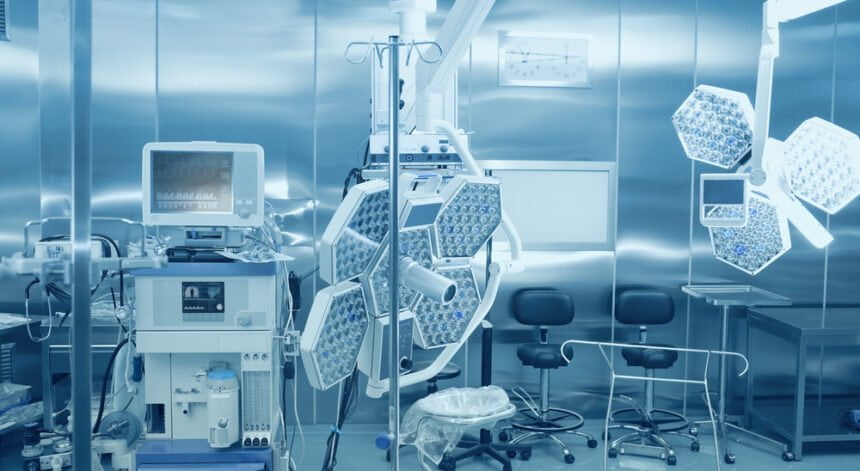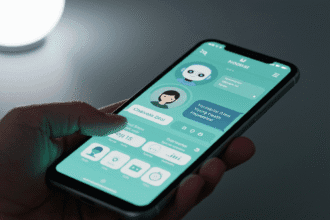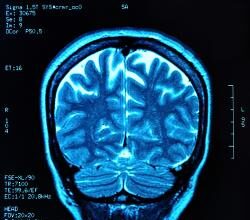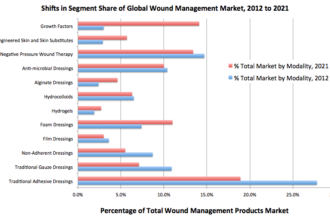Technology has been advancing so fast in recent years that it’s difficult to keep track of what’s fresh and what’s old news. That’s especially true for the ways in which new tech is changing the way caregivers diagnose and treat patients. As computers and technology become even more entrenched in treatment centers, people are benefiting from advances that once only seemed possible in science fiction.
Recreating Limbs and Other Body Parts
The greatest advances to recently hit the market involve replacement limbs and implants. As for limbs, prosthetics have advanced in tremendous ways with the help of robotics and AI technology. While artificial limbs were once only used for appearances, helping disabled patients seem more normal, technology has advanced far enough now that new prosthetic devices are highly functional. The latest devices can even be controlled by the brain, much in the same way that our natural limbs are controlled.
Additionally, 3D printer technology has advanced medicine in a number of ways. Last year, it was reported that 3D printing was helping doctors provide more precise diagnoses for cancer patient. That application of the technology helped to cut down surgery time and reduce the need for exploratory procedures. Now, the same technology is being used to produce replacement body parts. Artificial implants, such as joints, can be printed with human cells to make them soluble and more durable, reducing the need for multiple procedures and long-term treatment.
Personalized Drugs
Again, 3D printing technology comes into play, promising hope for doctors and patients in perfecting medication dosages. While patients may suffer from the same condition, they may not respond to the same drugs in the same ways. For instance, where two patients need hidradenitis suppurativa treatment, the antibiotics prescribed may alleviate the symptoms in one patient, but cause an adverse reaction in the other patient. By 3D printing the antibiotics for each patient, dosages can be adjusted to conform to the individual’s specifics, including allergies, age, weight, gender, and other factors that may inhibit the effectiveness of the drug. This can help reduce wasted medication by printing only what is needed, as well.
CRISPR is the New Acronym in Genetics
One of the most rapidly growing fields of medicine is gene editing and one new process in particular, CRISPR (Clustered, Regularly Interspaced, Short Palindromic Repeat), is being hailed as the “discovery of the century”. That acronym refers to a process that lets scientists either add or block specific genes in an individual’s genetic structure. The technology CRISPR uses allows for precision gene editing to take place in a brief span of time, allowing for faster procedures and speedier results. In the future, this technology is expected to help doctors remove hereditary illnesses from a patient’s genetic code and may even help edit out pathogens.
The Updated Stethoscope
As technology advances, the old standbys tend to get lost in the shuffle. For instance, many caregivers simply submit patients to X-rays, EKGs, and other devices, rather than pull out their trusty stethoscope. The machines take more accurate readings and maintain a record for easy reference. The stethoscope is now getting an update to compete. New advances in technology will let specially designed stethoscopes record vitals and send them to a computer or smartphone. Utilizing Bluetooth technology, the data is sent to a designated cloud storage account, where it can be saved and retrieved at any time from any device.
Star Trek Tricorders are Soon to be a Reality
Recognizing that much of our technology has been inspired by science fiction and Star Trek in particular, there has been a race to design the first working tricorder. Last year, Qualcomm announced their Tricorder Xprize contest, looking for promising design concepts for a real medical tricorder. The entrants have been narrowed down to two finalists, Dynamical Biomarkers Group and Final Frontier Devices, so we should see a working prototype in the very near future.
As technology advances, we’re able to apply new discoveries and inventions in many different ways. By using technology to help us in the healthcare field, we can identify diseases sooner, better control symptoms, and cure or treat illnesses before they can become life threatening. As we continue to evolve technologically, science will help us to live healthier and longer lives.








